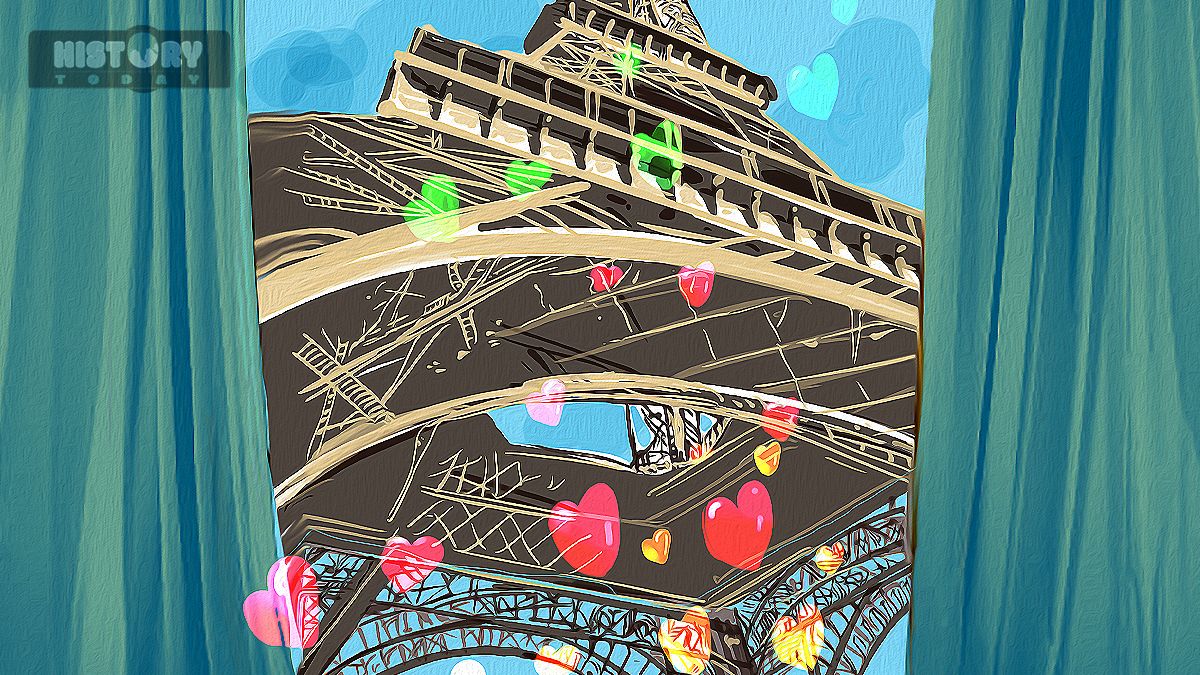March 31 is Eiffel Tower Day.
The work on the iconic structure in Paris was officially completed on this day in 1889. French engineer Gustave Eiffel himself ascended the 1,710 stairs to the top to place the tricoloured French flag.
The Tower’s innovative layout and quick construction were engineering marvels that demonstrated the era’s capabilities.
In 1918, the day witnessed the United States observing daylight saving time (DST) as part of a wartime effort to conserve energy during World War I.
It was also a day when history arrived without warning.
The US president at the time, Lyndon B. Johnson, suddenly announced in 1968 that he would not run for reelection.
Here’s a look at these significant historical events in Firstpost Explainers’ ongoing series, History Today .
Eiffel Tower completed
March 31 honours the anniversary of the Eiffel Tower’s construction completed in 1889.
The landmark on the Champs de Mars in Paris was designed and built by French engineer Gustave Eiffel for the 1889 World Fair.
It took about two years, two months, and five days to complete the construction of the Eiffel Tower.
Standing at 324 metres (1,063 feet), the tower was the tallest man-made structure in the world until 1930.
The tower is made up of 18,038 individual iron parts, held together by 2.5 million rivets. Although it is capable of swaying up to three inches (7.6 cm) in the wind, its construction guarantees stability even in the face of severe gusts.
According to S Hollis Clayson, professor emerita of art history at Northwestern University, the tower’s development sparked debate about whether the engineering marvel would contain artistic aspects or only engineering ones.
Artists were calling the tower ugly before a third of it was constructed, Clayson says.
In Le Temps, Eiffel defended his plan, saying it would “have its own beauty.”
During the 1889 World’s Fair, two million people gathered at the tower, proving Eiffel’s claim that “there is, in the colossal, a unique attraction and charm.”
The tower is now protected from rust by being repainted every seven years. To paint the entire structure, over 60 tonnes of paint are needed.
When US first observed daylight saving time
The practice of advancing clocks by one hour throughout the summer to extend daylight into the evening is known as daylight saving time.
George Hudson, an entomologist from New Zealand, first suggested that clocks should be adjusted to the seasons in order to save energy and prolong summer daylight hours as early as the late 1800s. The concept did not catch on until World War I, when European governments looked for any way to save fuel.
In 1916, Germany became the first nation to implement daylight saving time, followed by the United States in 1918.
The Standard Time Act was passed by Congress on March 15, 1918.
Then US President Woodrow Wilson signed the act into law, which then went into effect on March 31 as clocks jumped ahead an hour.
Some states, like Arizona and Hawaii, do not observe DST and remain on standard time year-round.
According to the Washington Times at the time, the adjustment was expected to lower the country’s artificial light cost by $4 million.
Every year, there’s talk about ending the time change.
In December, then-President-elect Donald Trump promised to eliminate daylight saving time.
For the last several years, a bipartisan bill named the Sunshine Protection Act to make daylight saving time permanent has stalled in Congress; it has been reintroduced this year.
Lyndon Johnson announces he won’t run for re-election
There was one address that caught everyone off guard in the history of American television coverage.
A large portion of the country gathered to watch its preferred prime-time programmes on Sunday, the last evening of the month. This evening, however, they learnt that their usual show had been interrupted to accommodate a speech by the US president.
The address was supposed to be about Vietnam, a country in Southeast Asia where the war had raged for years and turned into a crisis that would characterise the era, according to the media.
In his 40-minute address, President Lyndon B Johnson spoke of a pause in the massive bombing campaign that was devastating Vietnam.
However, what caught the country’s attention was the conclusion of the address.
“With America’s sons in the fields far away, with America’s future under challenge right here at home, with our hopes and the world’s hopes for peace in the balance every day, I do not believe that I should devote an hour or a day of my time to any personal partisan causes or to any duties other than the awesome duties of this office — the presidency of this country,” Johnson intoned.
“Accordingly, I shall not seek, and I will not accept, the nomination of my party for another term as your president.”
The nation was so shocked by Johnson’s address that evening that several people who heard the news the next day assumed it was an April Fool’s joke.
His presidency was marked by significant legislative achievements, including the Civil Rights Act of 1964, the Voting Rights Act of 1965, ratification of the Twenty-fourth and Twenty-fifth Amendment, and the establishment of Medicare and Medicaid.
)